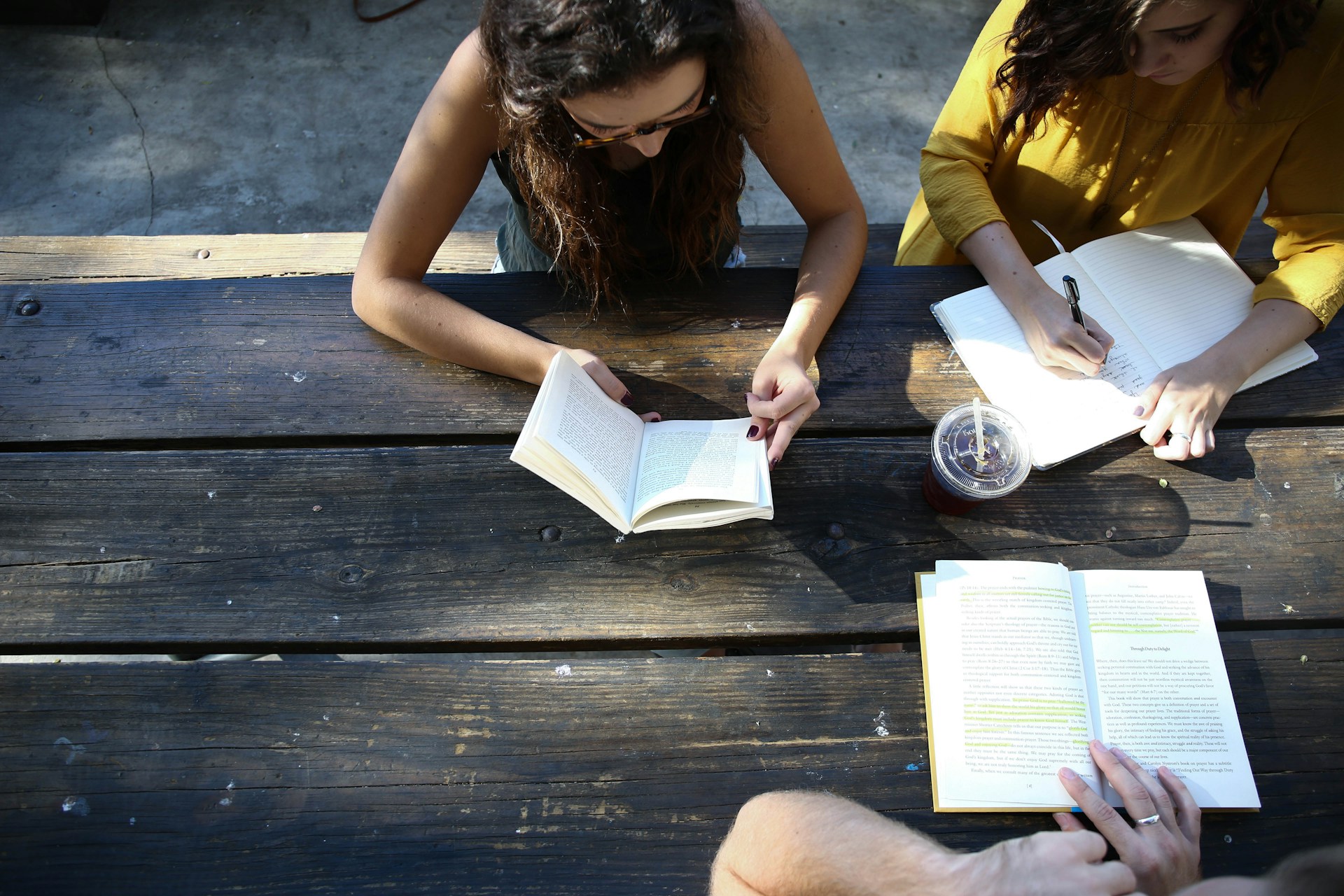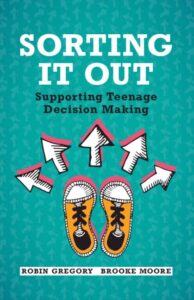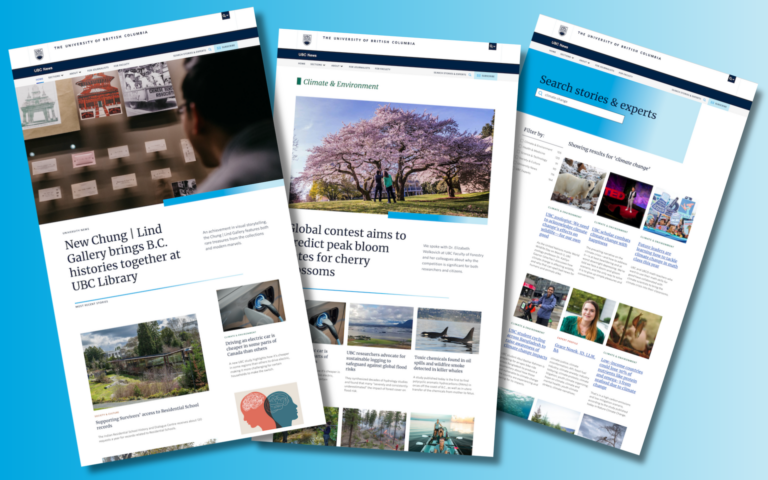New book supports teenagers’ decision making
A new book, Sorting It Out: Supporting Teenage Decision Making, aims to provide a framework for parents and other adults to help support pre-teens and teens in making choices.


Every day, teens face decisions ranging from the mundane to life-altering: Should I share this photo on social media? Is it safe to drive myself home after this party? Should I go to university?
But few teens (or adults, for that matter) are taught decision-making as a skill that can be learned and nurtured.
A new book called Sorting It Out: Supporting Teenage Decision Making aims to change that by providing a simple, evidence-based framework for parents and other adults in their lives to help support pre-teens and teens in making choices.
We spoke to authors Robin Gregory, a decision scientist and adjunct professor at the Institute for Resources, Environment and Sustainability, and Brooke Moore, an adjunct professor in the faculty of education and Delta school district principal, about the book.
What motivated you to write this book?

Moore: Everyone makes dozens of choices every day and it’s an essential skill for living a happy, fulfilling life. We noticed a gap in traditional education where students receive little guidance on how to make decisions. The teenage years are especially important because they’re a formative time and choices made while a teenager can dramatically influence a person’s adult life.
In 2018, we worked with two colleagues to create a free resource called “The Decision Playbook” that helps teachers integrate decision-making skills into school curricula. It’s now used in schools in the Lower Mainland, elsewhere in B.C. and in the U.S. We received great feedback about how students became more comfortable expressing who they are, better at listening to others’ perspectives, and more effective working in small groups to solve problems. We wanted to adapt those resources for a broader audience of parents, teachers, counsellors and coaches so they can more effectively support teenage decision-making.
How can parents, teachers and other adults support teenage decision makers?

Gregory: The way people usually make decisions is to rely on habits, do the same things they did previously, or look to others—friends, parents or the internet—to determine what actions to take. That’s how the ‘fast-thinking,’ intuitive part of our brain works, allowing us to make quick, almost automatic decisions.
But when you’re making more consequential decisions, you want to engage in slower, more reflective thinking. That’s biologically harder for teenagers because the parts of the brain that control slower thinking are still developing into the early 20s. It takes more effort for teens to think about future consequences of their actions or to feel compassion for the plight of people whose lives are very different.
Sorting It Out highlights how adults can help teens work through some or all of the following six decision-maker moves:
- Frame the choice: What’s the problem you’re trying to solve?
- Clarify what matters: What matters in this context? What is the point of making this choice?
- Generate options: What options are possible? What impacts could they have?
- Explore the consequences: What evidence is there for your choices? What biases could be impacting your decisions?
- Weigh trade-offs: What are the key trade-offs between options? Are there any you didn’t consider?
- Stay curious: What did you learn to improve similar future choices?
The decision-maker moves are sequential: Before thinking about options, it’s crucial to first understand the decision you’re facing and figure out what matters to you and who else could be impacted by it. And without clarifying consequences and biases you’ll lack accurate information to consider trade-offs.
How can parents, teachers and other adults working with kids implement this framework?
Gregory: The idea isn’t to pull out this list of six moves every time a decision comes up but to make the process a habit over time, by modelling and engaging your teens as part of openly working through family and life decisions.
Moore: The book also includes stories, illustrations, real-world examples and practical tips for caregivers to implement the framework. We also link research findings with the development of essential skills like deliberation, numeracy, and communication which enhance teens’ ability to make informed choices and to feel more confident in the world.



